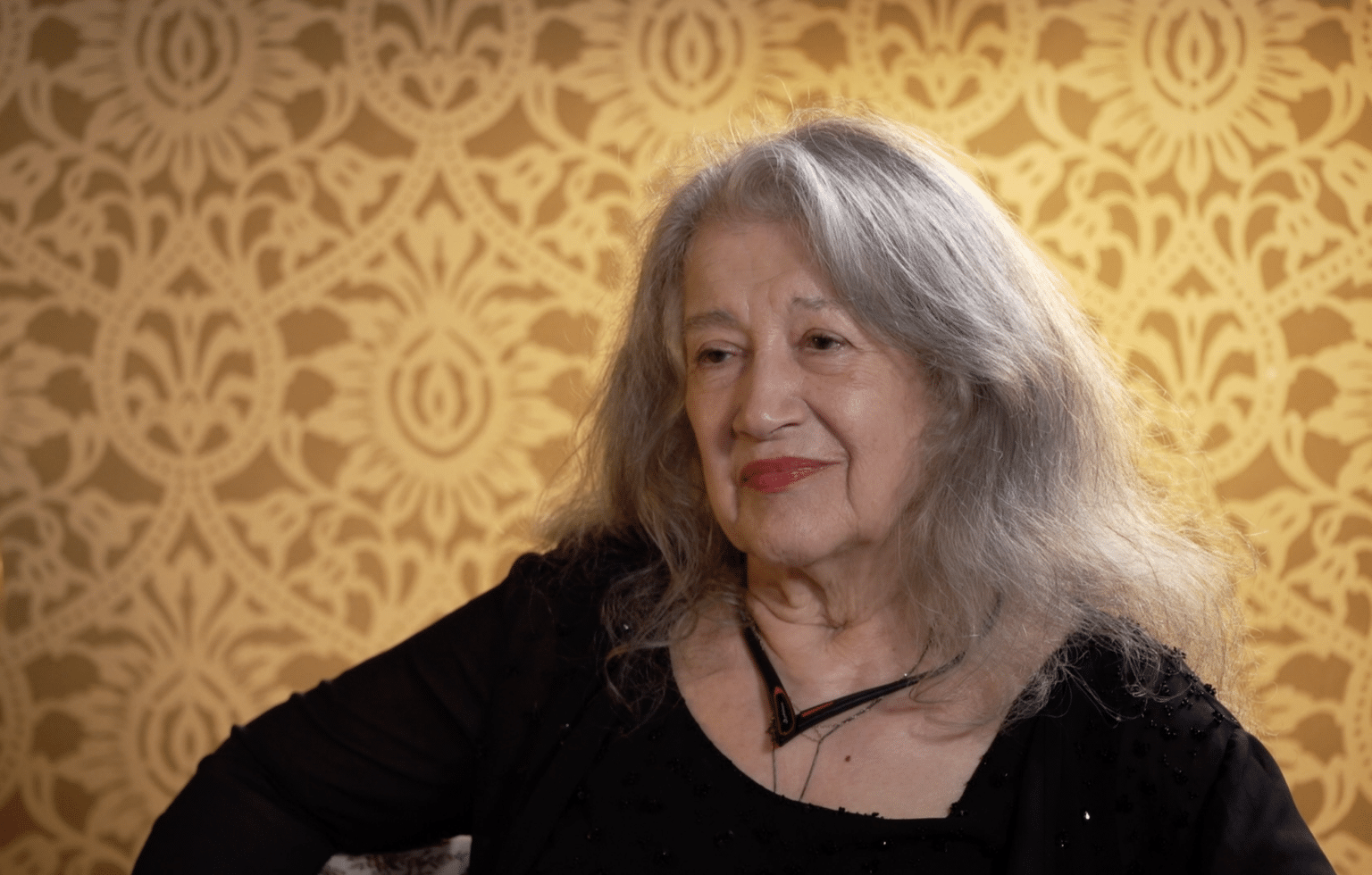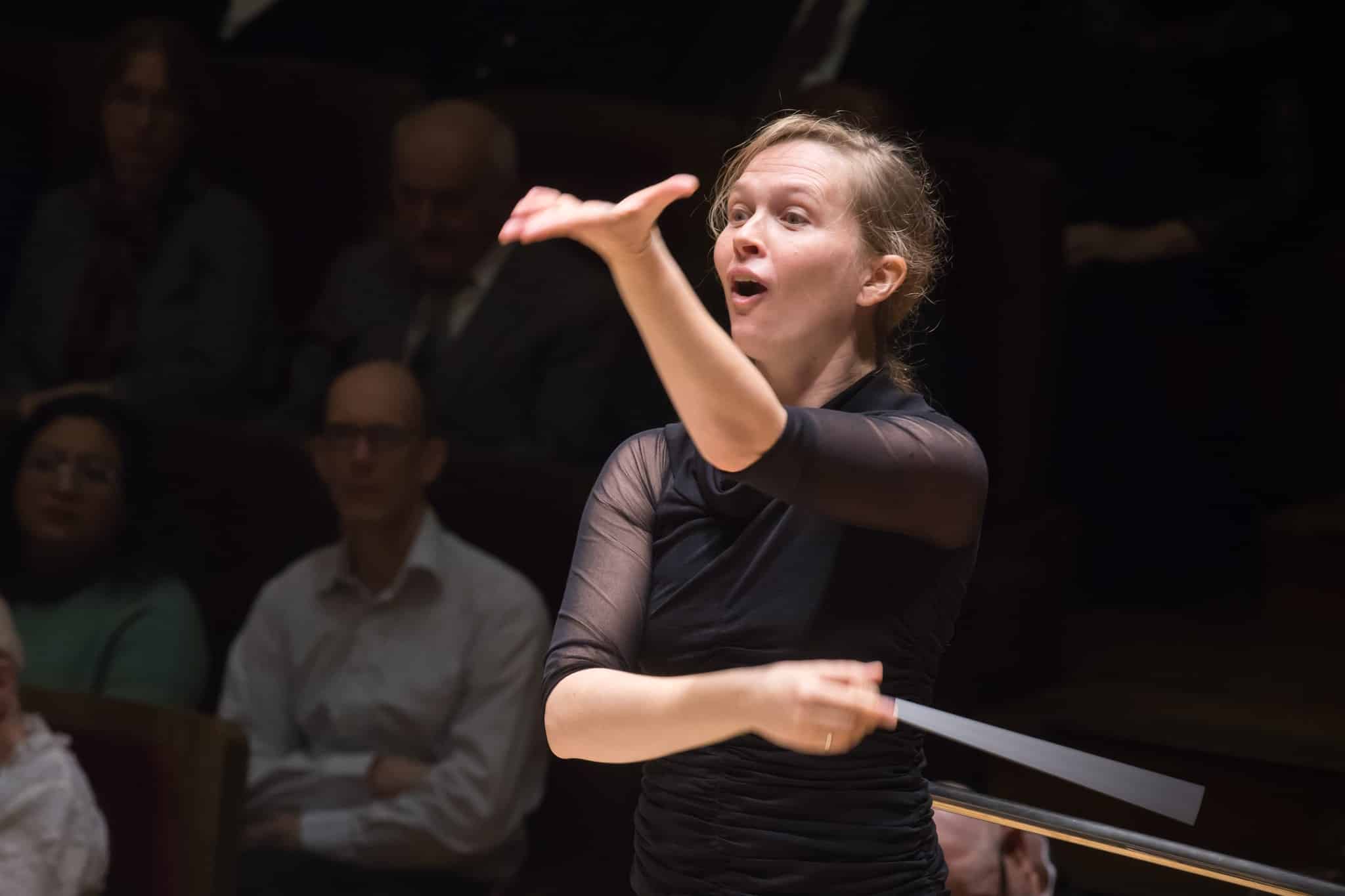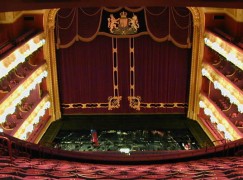Ruth Leon recommends… Silk Roads – British Museum smuggling secrets
Ruth Leon recommendsSilk Roads – British Museum smuggling secrets
Camel caravans crossing desert dunes, merchants trading silks and spices at bazaars – these are the images that come to mind when we think of the Silk Road. But the reality goes far beyond this.
Rather than a single trade route from East to West, the Silk Roads were made up of overlapping networks linking communities across Asia, Africa and Europe, from East Asia to Britain, and from Scandinavia to Madagascar.
The British Museum currently has a major exhibition which unravels how the journeys of people, objects and ideas that formed the Silk Roads shaped cultures and histories between about AD 500 to 1000.
It highlights objects from Uzbekistan and Tajikistan that have never before been seen in the UK in this continent-spanning story.
Crossing deserts, mountains, rivers and seas, the Silk Roads tell a story of connection between cultures and continents, centuries before the formation of the globalised world we know today.
Luk Yu-ping, one of the exhibition’s curators, tells one of these stories, this one about a legendary princess who brought the secrets of silk-making to her new kingdom.
At some point around AD 600-700, there was a princess who sneaked mulberry tree seeds and silkworm eggs into the Buddhist kingdom of Khotan (present-day northwest China) in her headdress. She crossed the border, married the king, introduced sericulture to her new kingdom, guaranteed that her wardrobe was continually updated with fresh silk robes and eventually became a venerated figure of near-saintly status – not bad for a single day’s smuggling?
Join curator Luk Yu-ping for a journey along the legendary Silk Roads.






Comments